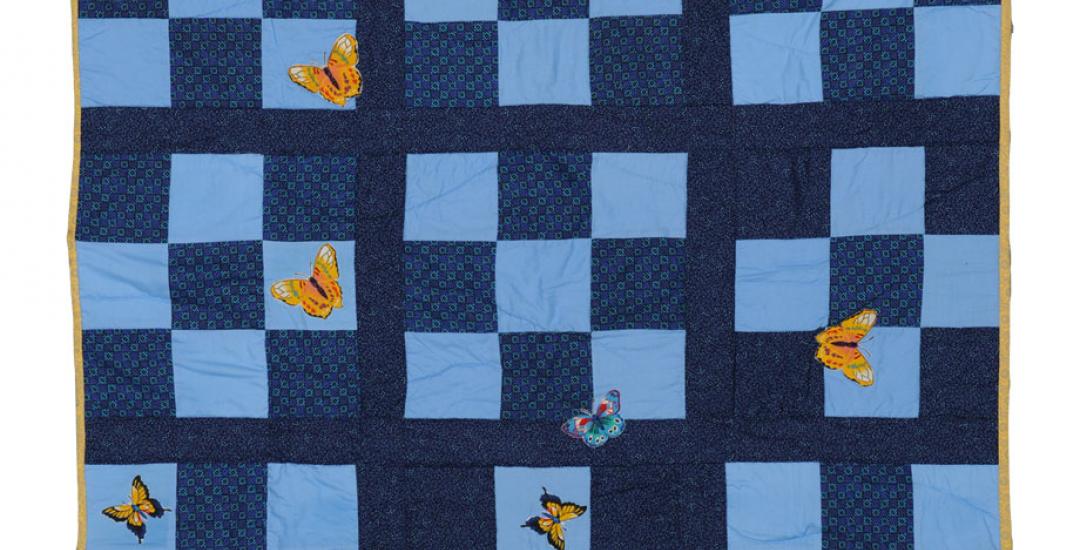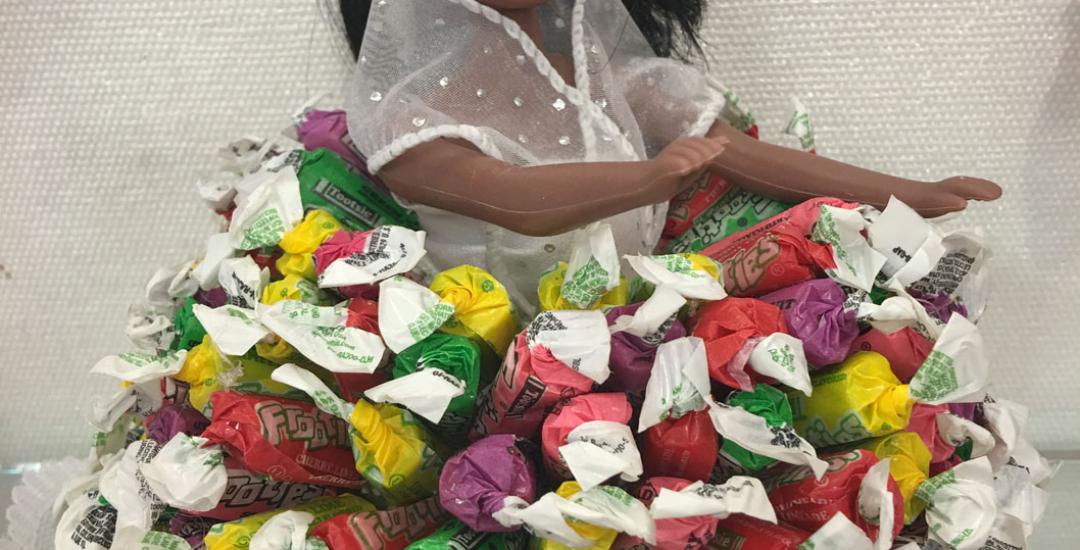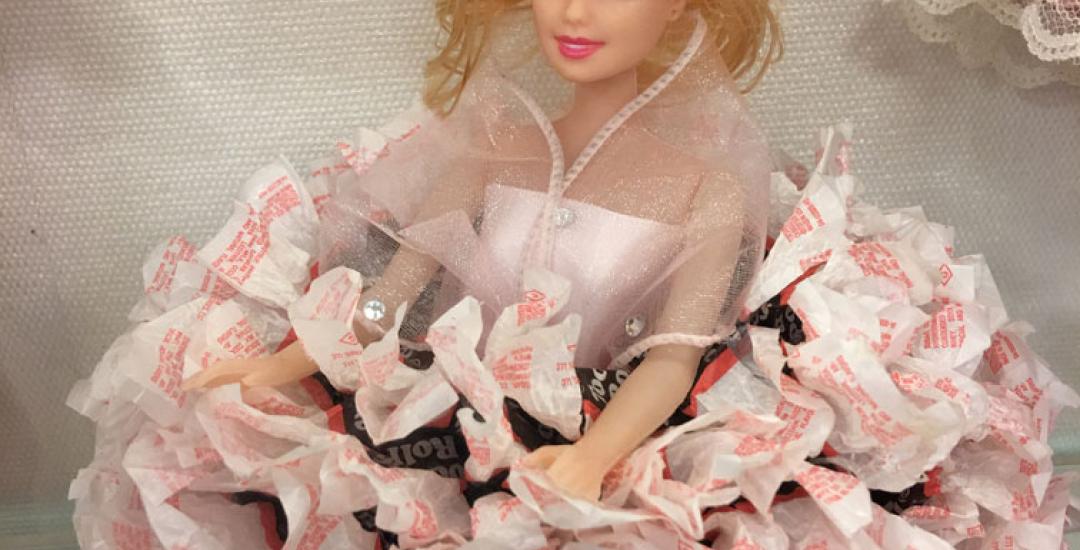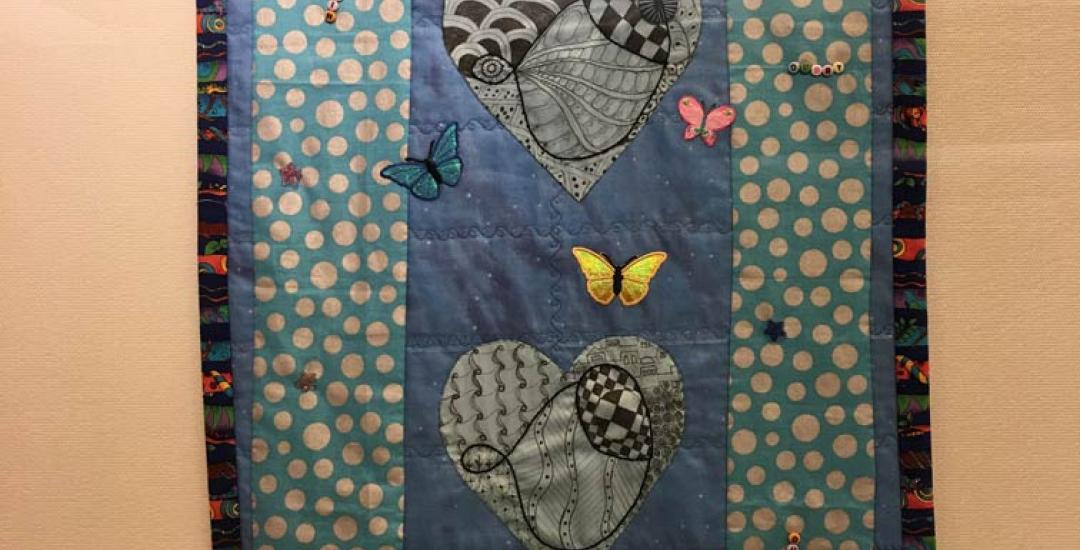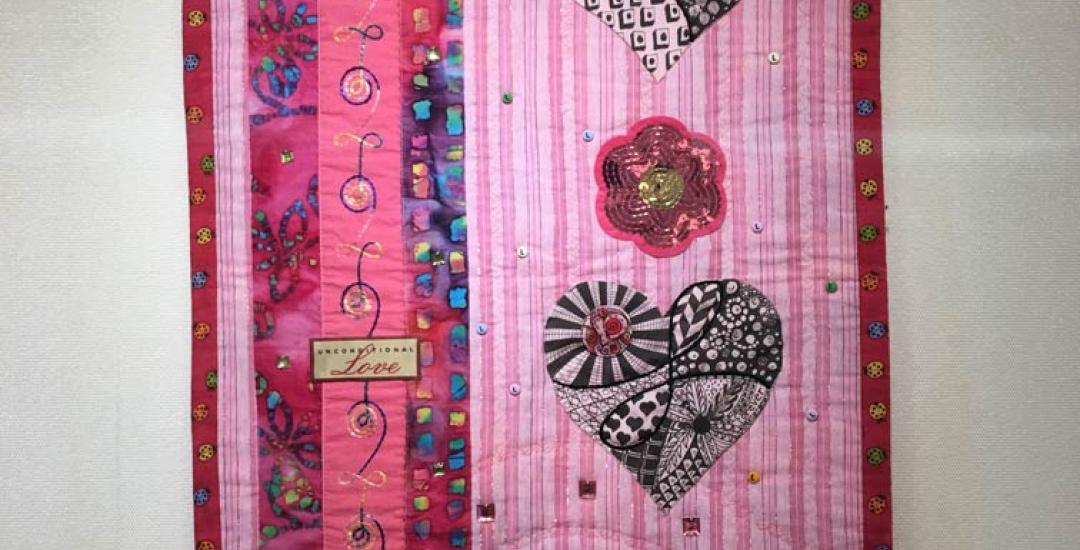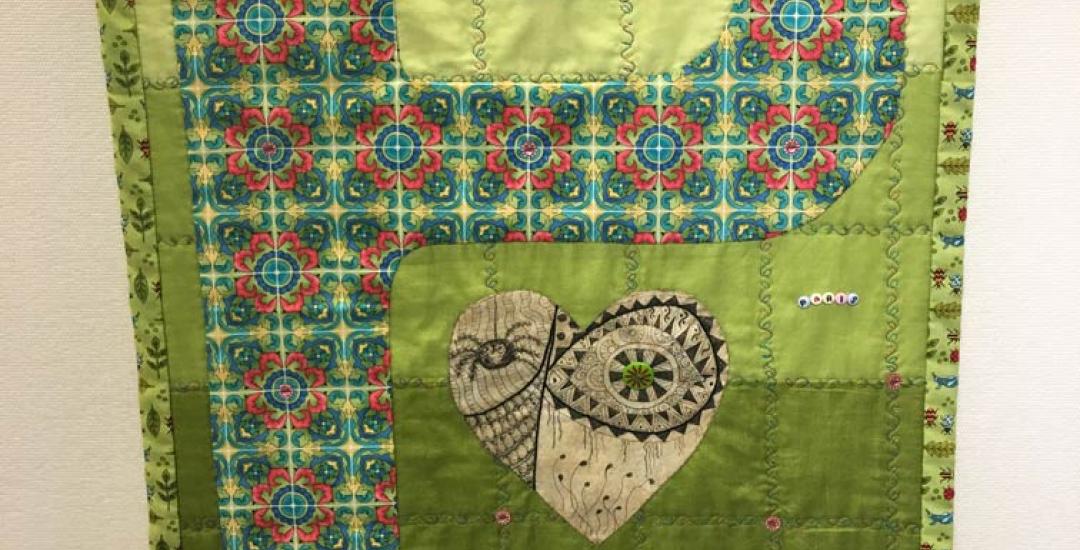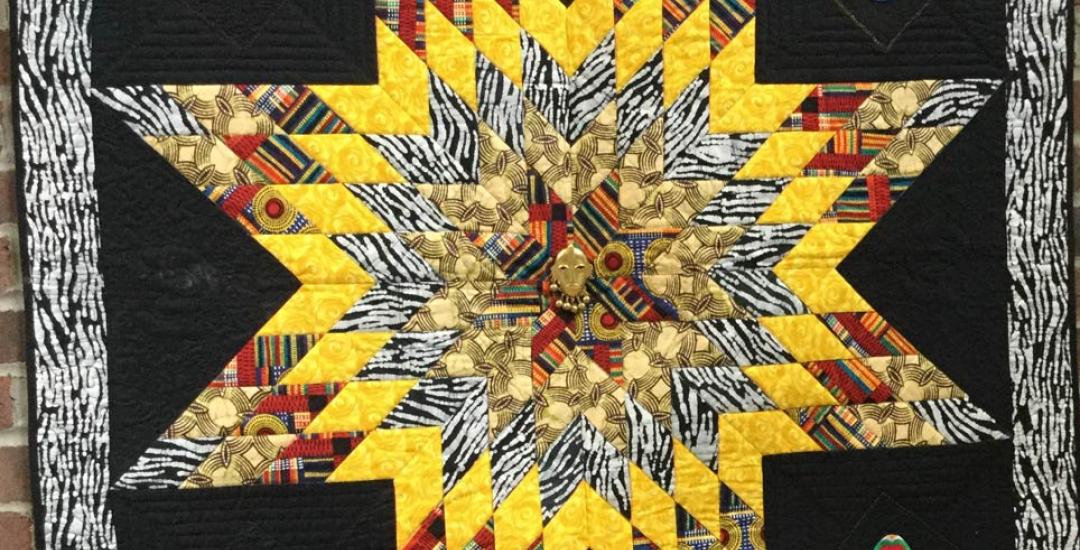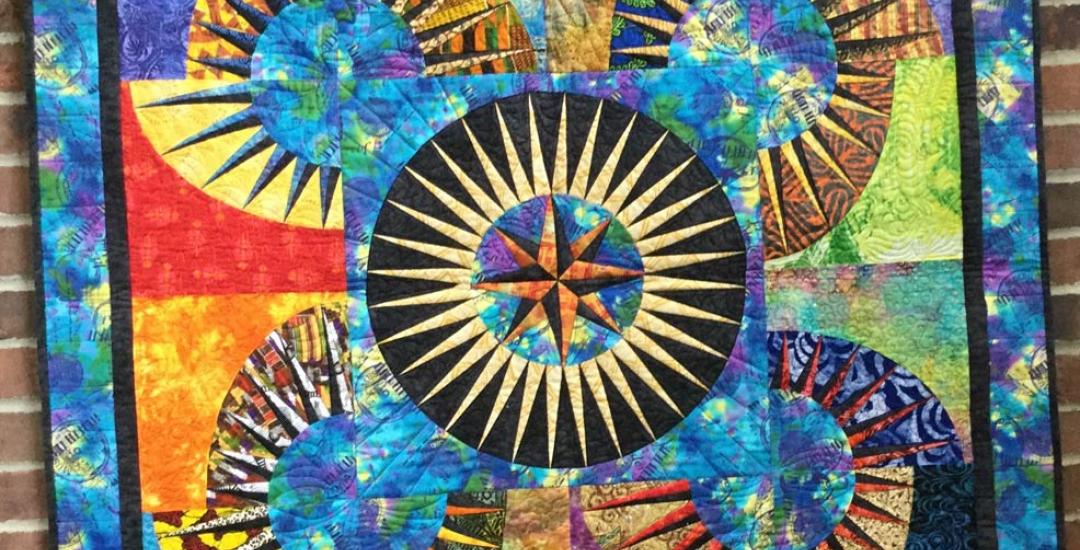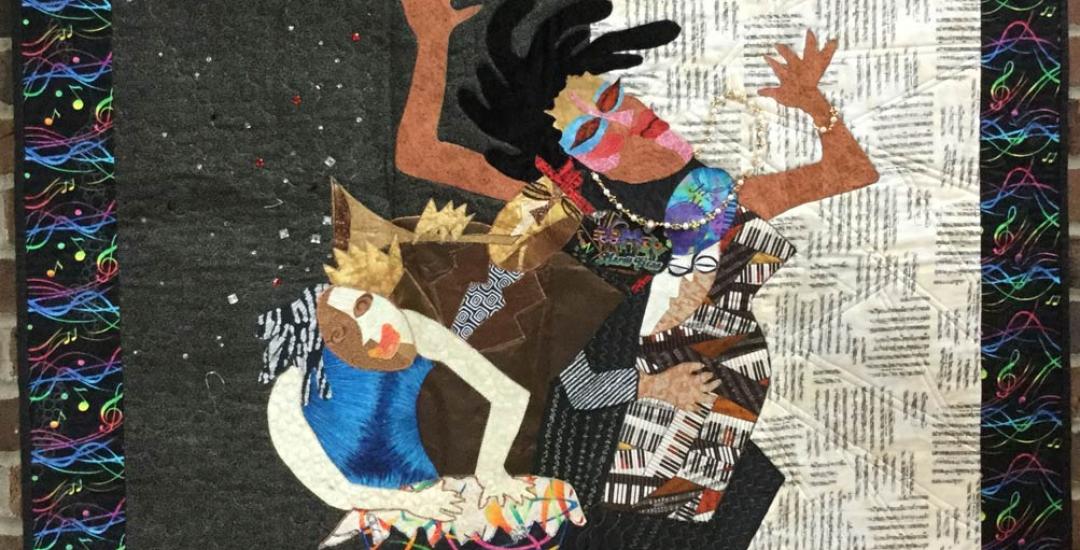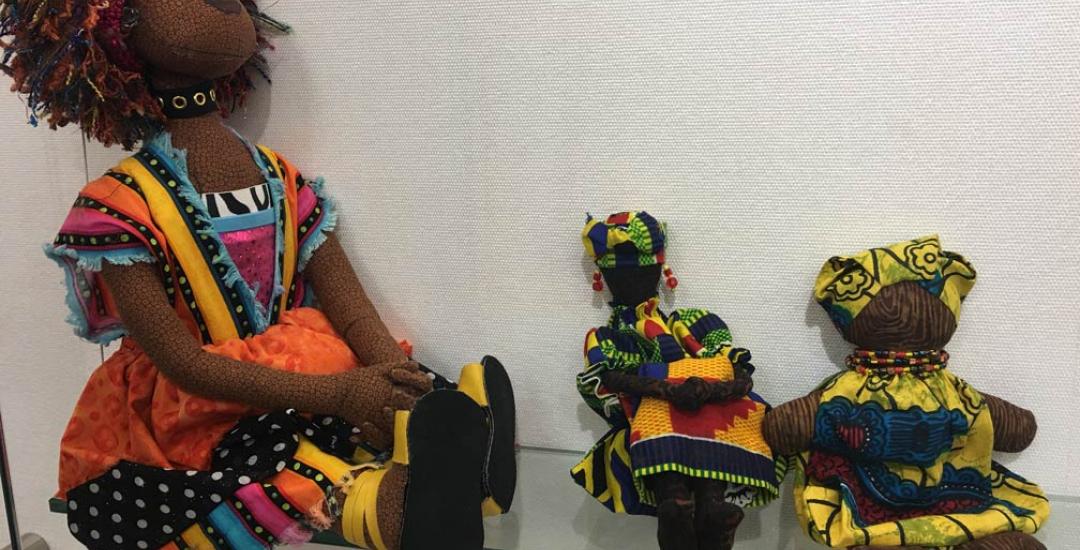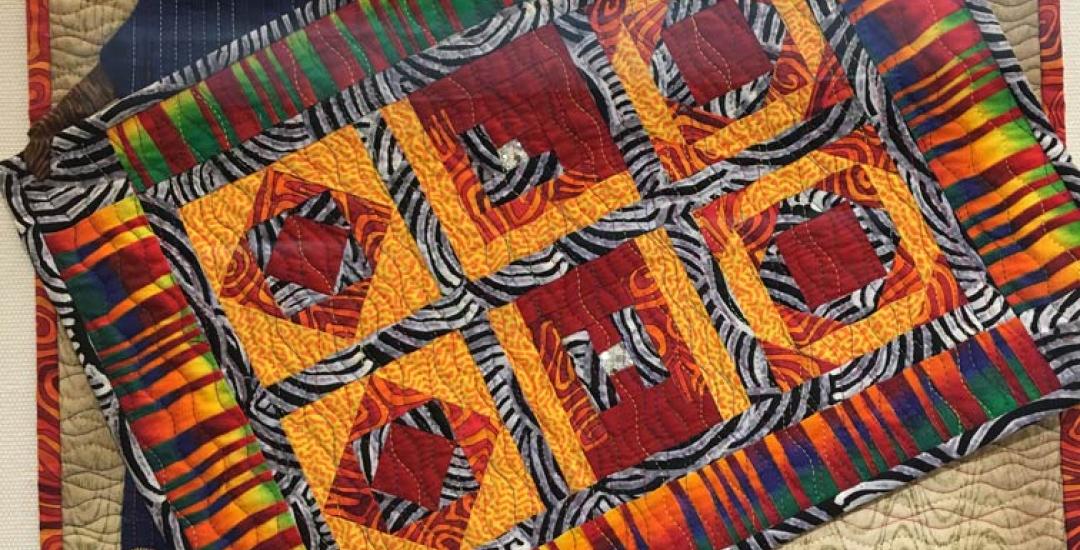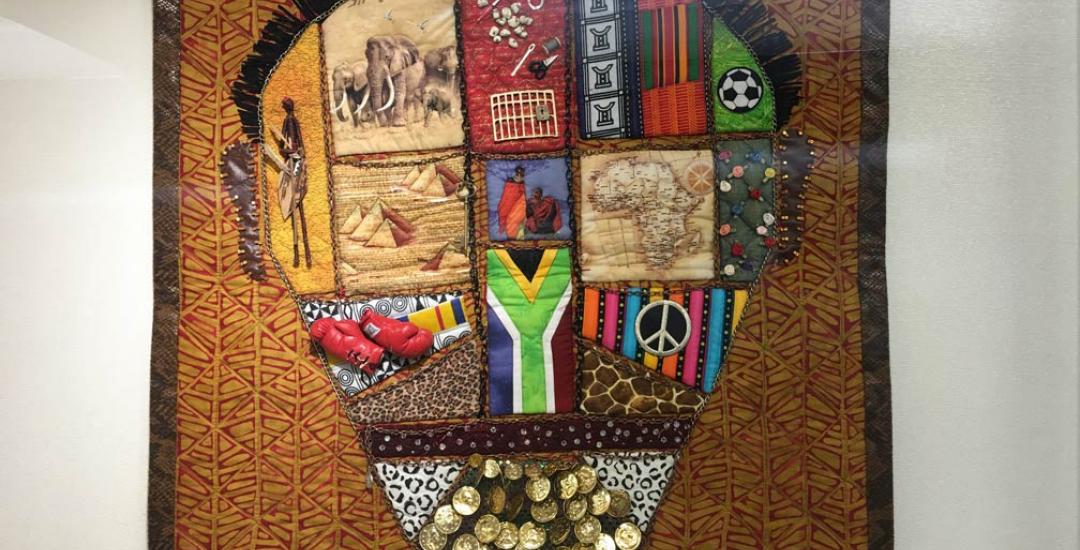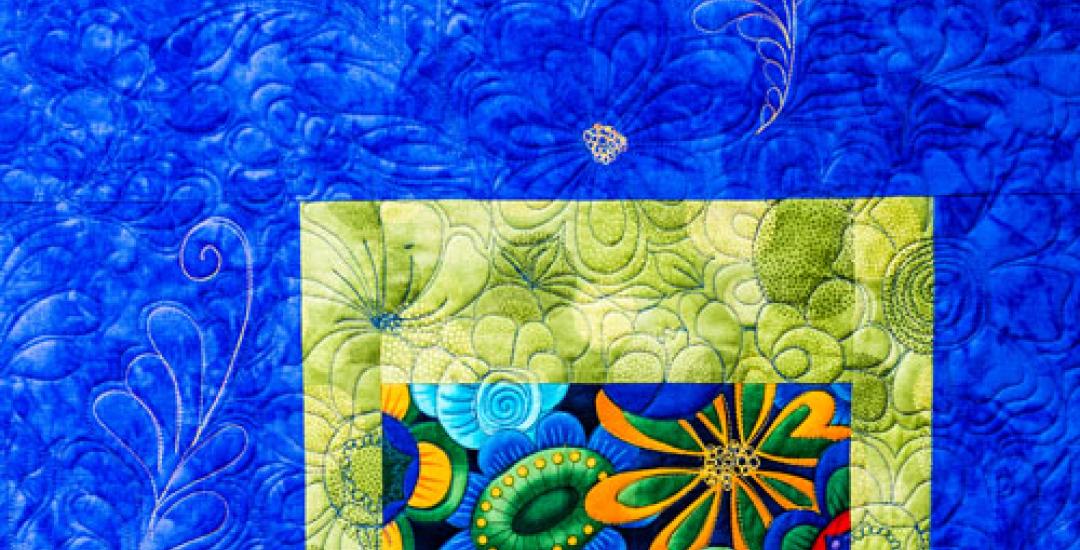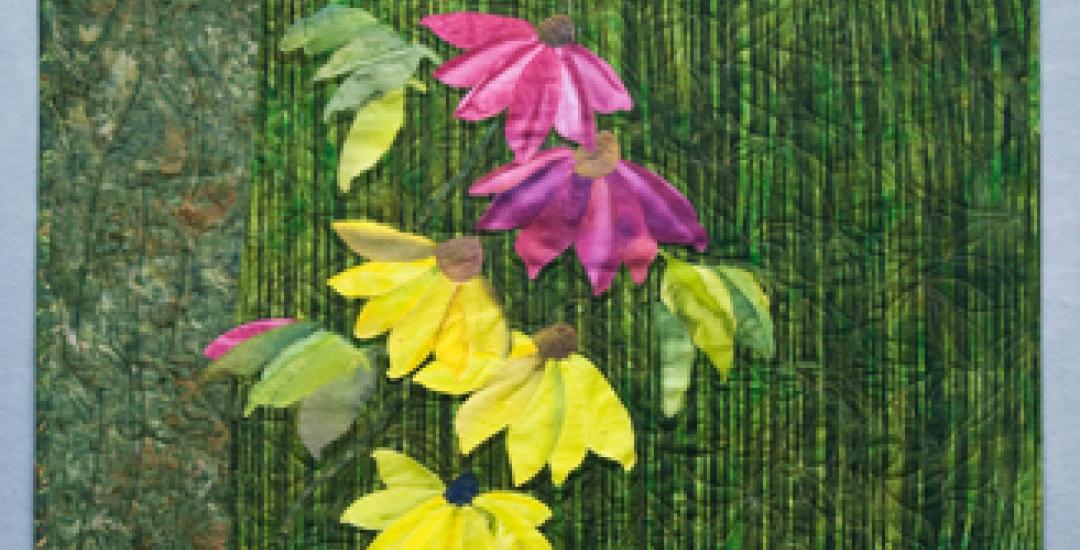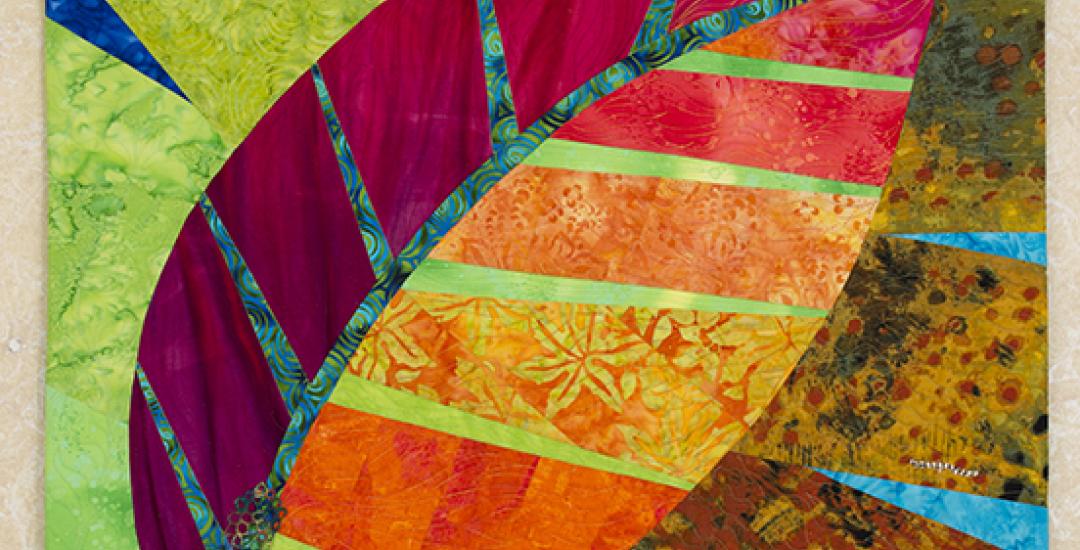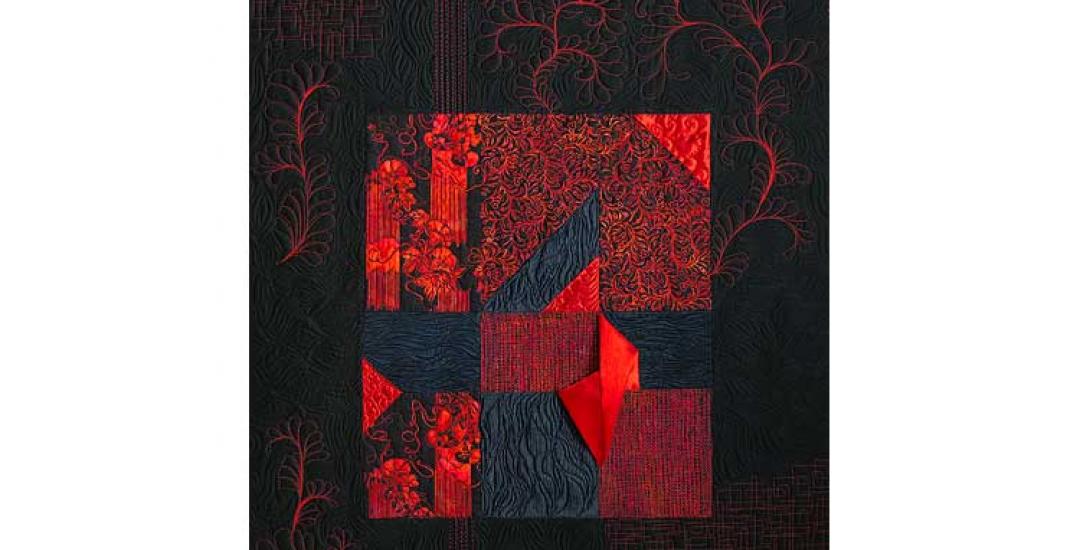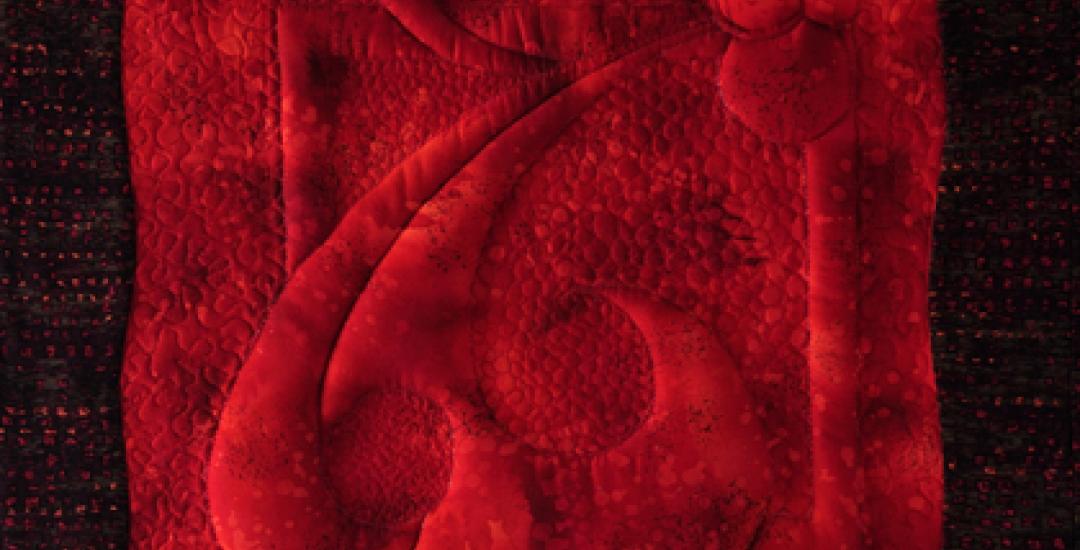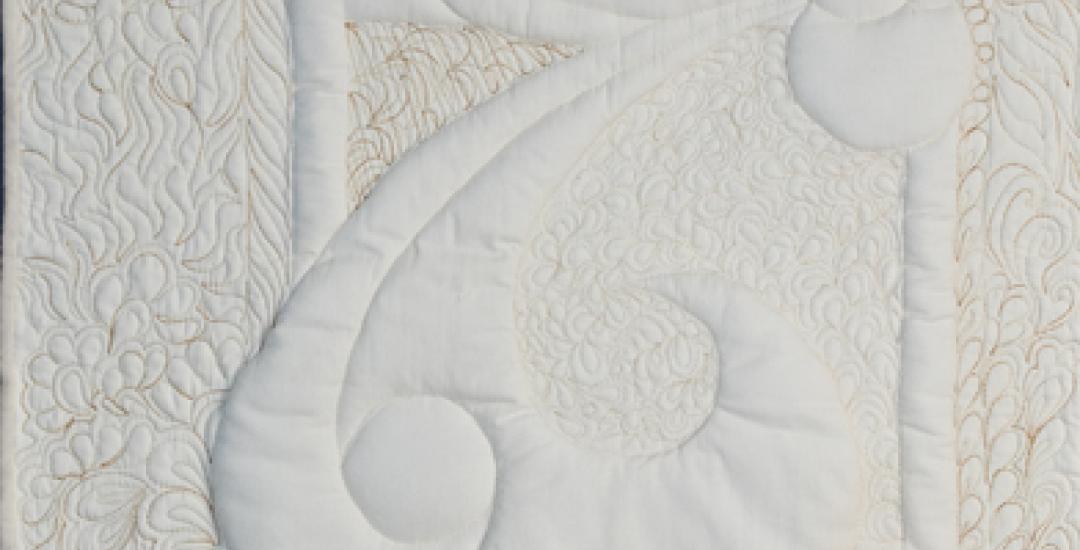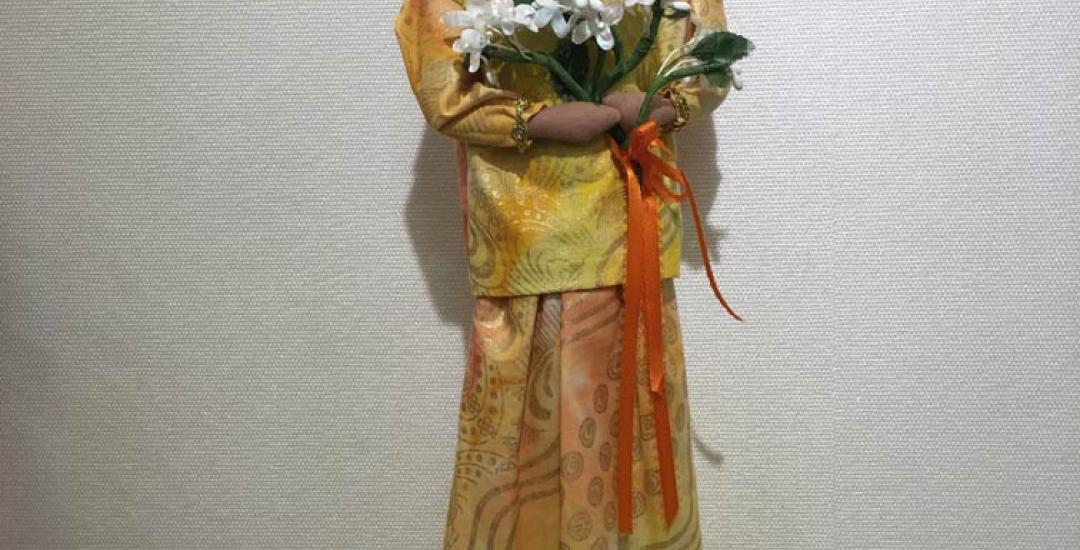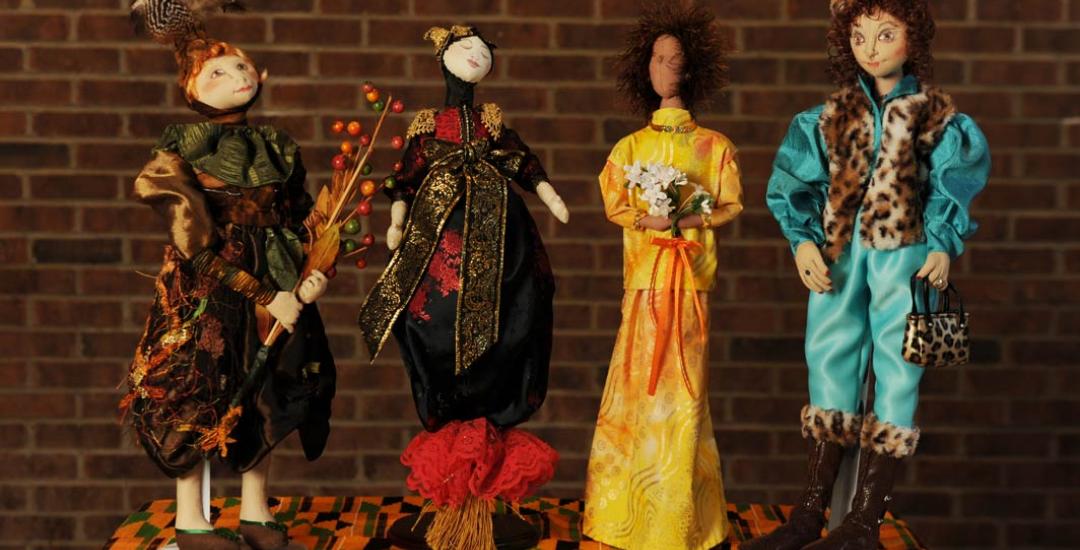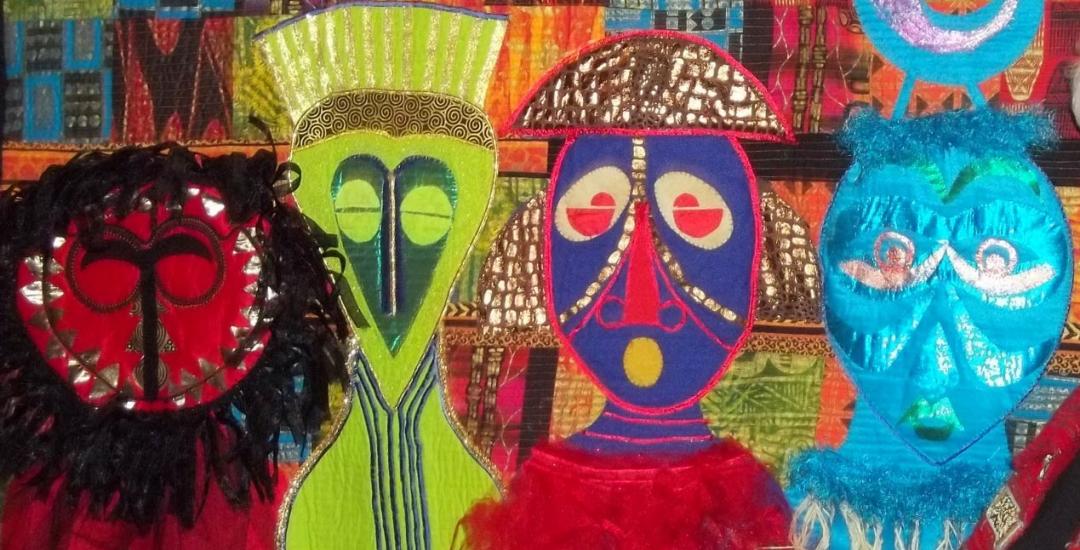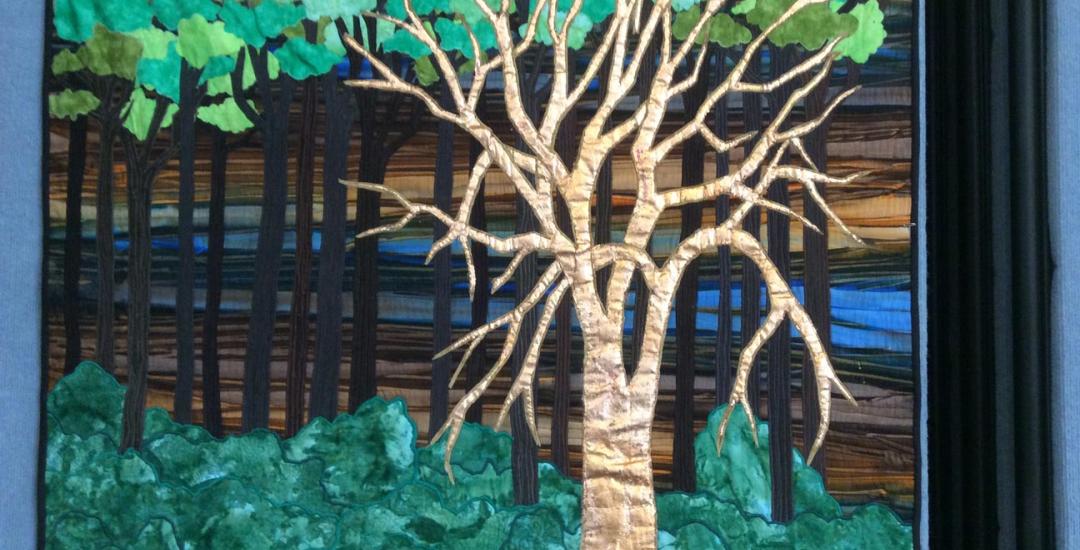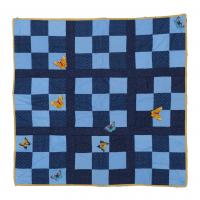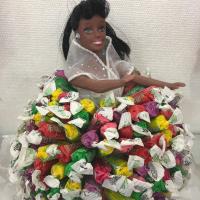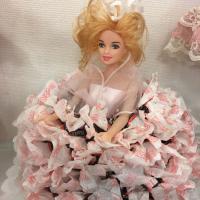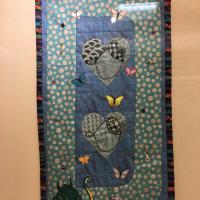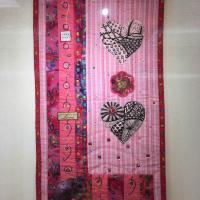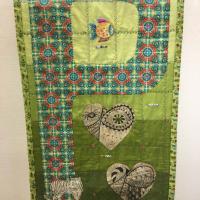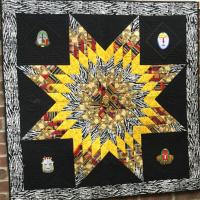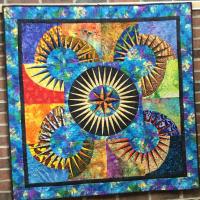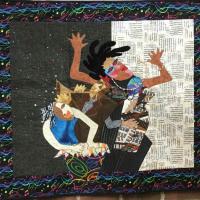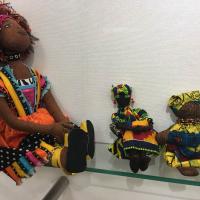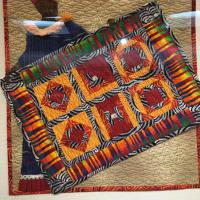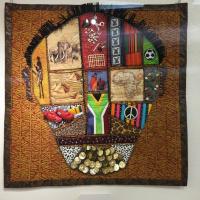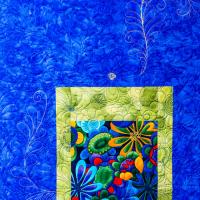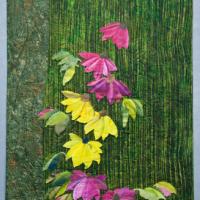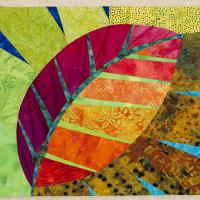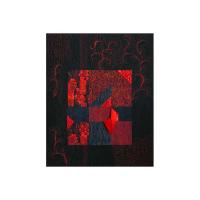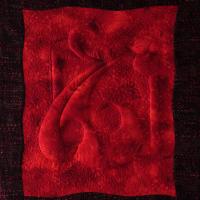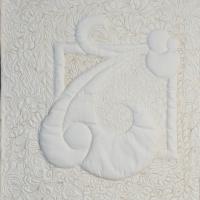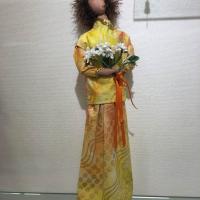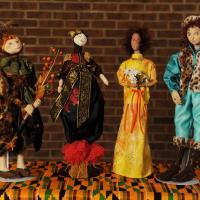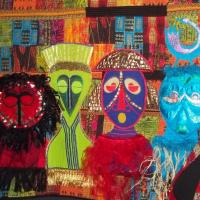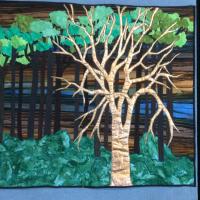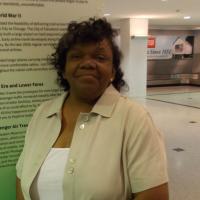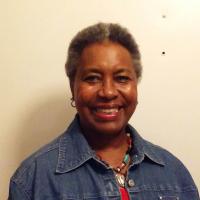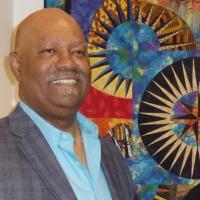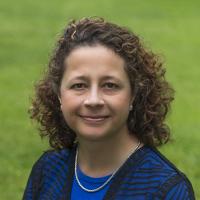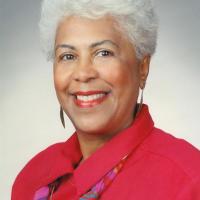Connecting Threads
About the Art
September 1 – January 31, 2017
Stephanie Tubbs Jones Art Gallery
Lower Terminal Adjacent to RTA
For centuries, generations from all cultures have enjoyed quilts for many different reasons. Quilts provide clues to the past, warmth, beauty, value and cultural heritage. Through the years, they became documents of history. Quilters often made abstract representations of their physical environment that inspired patterns to provide insight into one’s heritage.
Once thought to be “women’s work,” today quilting is an art form that is enjoyed by all nationalities and genders. Quilting provides quilters the joy of working with color, texture and patterns. Connecting Threads is an exhibition of quilts and dolls that explores themes of joy, spirituality, peace, brotherhood, inspiration, ethnic culture and/or healing.
Artist Details
Alfreda Barnes
Alfreda Barnes joined the African American Quilt and Doll Guild eight years ago. She never believed that she would learn to sew or how to quilt. Since joining the guild, Alfreda has made numerous quilts. She enjoys the craft.
Bettye Moore
Bettye Moore is a self-taught artist and founder of “A Touch of Class in a Glass”. Her non-profit organization is rooted in keeping the memory of her daughter, Andrea who lost her battle with Lupus. After Andrea’s passing, Bettye had custody of her three grandchildren. Andrea loved candy and was found of giving candy away and spending quality time with her children. To honor her memory, Bettye began creating works of art and crafts in glass, with dolls and puzzles.
Bettye’s creativity started with glass trees and immediately went to adding candy dolls because Andrea was known as her doll baby. All proceeds from her efforts are dedicated to sharing the life of her daughter Andrea with her three children; organizing trips to locations that would not be otherwise possible. For more information, please email atouchofclass.daughter@ymail.com
Doressa Carlton
Doressa Carlton is a native of Cleveland, Ohio. In 1965, she saw a McCall Pattern for a toddler's dress with a matching rag doll. She purchased the pattern and made the dress and the doll for her niece. From then on, she was hooked on making dresses and dolls. Doressa discovered that nothing compares to taking a piece of fabric or yarn and creating something beautiful and useful. She says the dolls talk to her as she creates them. Their expressions and color give credence as to what they want to be.
Jacqueline Dukes
Jaqueline “Jakki” Dukes has a degree in apparel design. She has been doing needlework most of her adult life. Her medium of choice changes with new experiences and available supplies. A few wall hangings had been made prior to 2001, but never was quilting seen as a medium that would be pursued regularly. There was no willingness to acquire tons of fabric, chop it into little pieces and then reassemble them. Her attitude toward quilting changed while she was living in Japan from 2000-2003. A quilt teacher, who had learned to quilt near Columbus, Ohio, kept inviting Jakki to join her group. The initial visit was simply to be courteous, but Dukes soon learned that there was much to be gained by being in the loop about local gossip in a small town. There is also beautiful material to be found in the entire Pacific Rim, and what to do with all the purchases became an issue. So reluctantly Jakki started learning some basic quilt patterns. She quickly realized that copying other people’s patterns was not for her. Discovering ways to use found treasures and remnants acquired during travels, or creating working with already cut squares and strips, or using up some of the many samples created in art classes at the museum is a challenge and a gift. Following this process, Jakki Dukes has become a better steward of the environment. Being a part of a guild provides the opportunity to regularly share ideas and frustrations with kindred spirits. Quilting has contributed to a contented life.
Julius Bremer
Julius Bremer is a native of Cleveland, Ohio. After 30 years of service with the Cleveland Public Library as Head Librarian of the Business, Economics and Labor Department, Julius retired and discovered quilting as a form of relaxation.
His interest in quilting was first sparked when he saw an exhibit at the main Cleveland Public Library in 2001 that contained a quilted map of Ohio that displayed the routes of the Underground Railroad.
Myrya Johnson
Myrya Johnson learned to sew when she took home economics in high school. She then started making her own clothes because it was difficult for her to find pants and tops that would fit her tall frame. In 2002 she was inspired to quilt after reading “Hidden in Plain View,” a book about hidden codes in quilts that supposedly helped enslaved people. Afterwards, Myrya took quilting classes to learn the language of quilting. She then fell in love with making quilts, sculpture dolls and beading. Myrya is now a local and national award winning artist for her quilts and wearable art garments.
Nelly Vileikis
Nelly Vileikis has a Master of Science in Mathematics, a passion for teaching and a love for quilting. She started quilting in 1985. Nelly teaches quilt construction and machine quilting techniques. She has been published several times in Modern Patchwork Magazine and has won numerous awards in International, National and Regional competitions. For more information please visit her website at www.artelasquilts.com.
Pamela Smith
In 2010, with no previous sewing experience or a sewing machine Pam joined the African American Quilt and Doll Guild. Having no idea what she was embarking upon, the Guild doll artists encouraged her and taught her the process of sewing and doll making. Today, Pam has made over 30 cloth dolls as well as a quilted coat, jacket and vest.
African American Quilt and Doll Guild
The African American Quilt and Doll Guild was founded in 2006 by two retired school teachers; one who was a quilter and doll maker and one who wanted to explore quilting as an art form. Thirty-five women met for that first meeting, since then the group has grown to seventy members including men. We "teach each other." For more information on the African American Quilt and Doll Guild, please their website at www.aaqdg.org.
Regina Abernathy
Regina Abernathy quilts vary. Some are traditional and some are artistic quilts which tell a story. She enjoys art quilts because there are so many stories to tell. Regina has been quilting for approximately ten years. She began as a hand quilter, but has now advance to machine quilting. Quilting has introduced Regina to a variety of people and opportunities. Through quilting Regina receives much enjoyment.
Sandra Noble
After retiring from teaching art in the public schools, Sandra returned to creating and making art by cutting, fusing, and sewing together fibers. Rather than paint, she uses fiber with a variety of textures and colors to portray images of nature, especially trees and her African American heritage.


